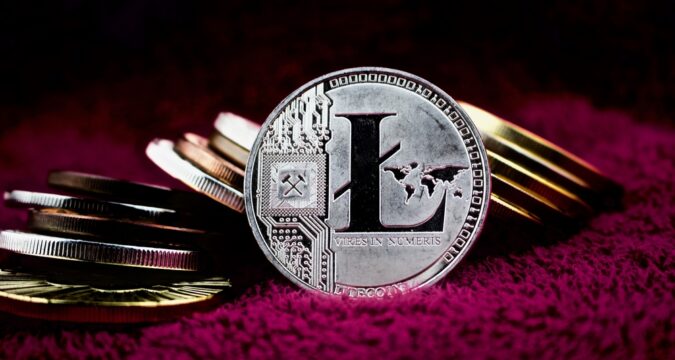
Learn the basics of Litecoin mining, how it works, the requirements for mining, and the steps to follow when getting started.
How Does Litecoin Mining Work?
Charlie Lee, an ex-Google engineer, created Litecoin (LTC) in October 2011. Lee aimed to process a block about every two and a half minutes instead of Bitcoin’s (BTC) ten minutes, making it a cryptocurrency quicker than Bitcoin and more freely accessible.
Consider miners the system’s defenders. They use their computers to solve puzzles that verify and log transactions. Their prize? LTC.
Many miners join Litecoin mining pools to share the load and rewards and increase their chances of receiving rewards. One of Litecoin’s most notable features is its Scrypt algorithm, which was developed to simplify mining for beginners.
In addition to being more accessible, it improves Litecoin’s performance by enabling transactions to be processed more quickly than Bitcoin’s SHA-256 method. Initially, you only needed to use a standard computer to mine Litecoin.
However, as technology advanced, ASIC miners evolved as the preferred piece of equipment for productive mining. Scrypt uses RAM to store information to solve puzzles. Although modern equipment has shifted the scales in favor of those with expert props, this approach was intended to keep mining equitable.
Criteria For Litecoin Mining
You’ll need more than a standard computer to mine Litecoin. An ASIC miner, designed especially for Litecoin’s Scrypt algorithm, is now required.
This setup is essential for serious mining because it is far more effective than a standard PC. Mining software is required to connect your miner to the network.
Several miners join groups to share their resources and boost their chances of rewards because mining alone is almost impossible. Mining consumes significant electricity, so be sure you’re operating in an environment with reasonable power expenses.
How Is Litecoin Mined?
The Litecoin mining process requires some planning. Here is a quick, easy-to-follow guide to get you going:
- Select a mining pool for Litecoin. Well-known pools like F2Pool or LitecoinPool.org are excellent options. These pools enable you to collaborate with other miners, increasing your chances of receiving rewards.
- Get mining software. After joining a mining pool, the next step is to obtain mining software that works with your setup, such as CGMiner or BFGMiner. The process is straightforward: download the software, set it up on your PC, and begin mining immediately.
- Set up the program. Launch the mining program, enter the web server URL and port for your pool, and add your LTC wallet address — you’ll use this to receive your winnings.
Begin mining Litecoin. Launch the mining software to start resolving cryptographic puzzles.
- Monitor performance. Keep track of your miner’s performance and electrical usage to guarantee your operations run effectively.
- Litecoin mining profitability. LTC mining profitability is not fixed – it depends on factors like the Litecoin price, the sort of mining machine you’re using, your electricity prices, and the mining pool you join.
Generally, more efficient technology and lower electricity bills equal more profit possibilities. But remember that the crypto market may be volatile, so your earnings could vary over time.
Mining pools also affect profit because they enable users to share resources with others, making it easier to receive consistent payouts.
Top Litecoin Holders
According to on-chain data, the top 100 wallets hold 38.60% of the total LTC. The top 20 and top 10 holders possess 18.64% and 14.89% of the overall supply, respectively, while the leading fifty holders own 28.75%.
The team cannot mint any new coins for the market because there are 84 million Litecoins in circulation, which represents the entire supply. Additionally, there are currently 75.52 million LTC coins in circulation, which shows that the team behind LTC has only 9.5 million coins left to add to the market.
Conclusion
Remember, mining demands continual investment in hardware, electricity, and occasionally cooling solutions, so always examine whether your present setup is worth the effort. The LTC ownership distribution shows that new investors need to be attracted.
A proven method to attract new investors includes staking mechanisms.


